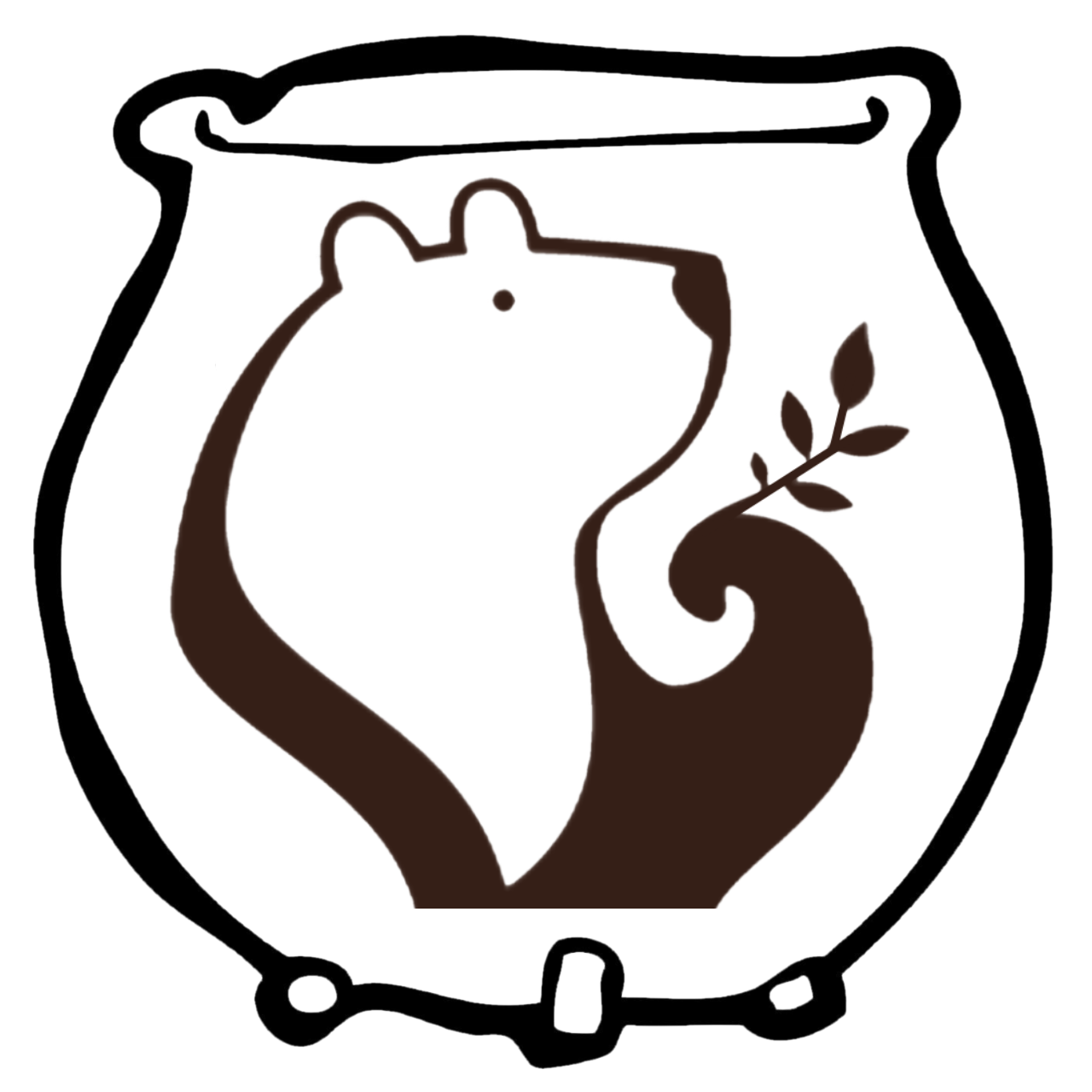Yarrow
Bloodwort
True hearted was he, the sad swain o’ the Yarrow,
And fair are the maids on the banks of the Ayr;
But by the sweet side o’ the Nith’s winding river,
Are lovers as faithful, and maidens as fair:
To equal young Jessie seek Scotland all over;
To equal young Jessie you seek it in vain,
Grace, beauty, and elegance, fetter her lover,
And maidenly modesty fixes the chain.
O, fresh is the rose in the gay, dewy morning,
And sweet is the lily, at evening close;
But in the fair presence o’ lovely young Jessie,
Unseen is the lily, unheeded the rose.
Love sits in her smile, a wizard ensnaring;
Enthron’d in her een he delivers his law:
And still to her charms SHE alone is a stranger;
Her modest demeanour’s the jewel of a’.
Yarrow is welcome plant to many. Healers, hikers, and soldiers alike reach for her to treat injuries. Indeed she has a strong understanding of blood taking her Latin name from Achilles who used the plant to staunch many a bleeding wound during the Trojan Wars. She is tough and tenacious, thriving in dry and sunny spots. This means that she is often found where needed, along roads and trails or in battle fields. At home as well in the garden, she is beloved by many gardeners. Her clusters of blossoms appear from April to October in a wide array of colors. She comes back year after year, with a pleasing aroma and feathery-cut leaves. Although she can appear delicate in appearance, she a powerful ally.
The Magic of Yarrow
Correspondences
Element: Water
Gender: Both
Sabbat: Unknown
Planet: Venus
Chakra: Crown
Spellwork
Heal
Protect
Love
Charm
Divine
Proverb
Unknown: Death will never visit a house that has yarrow.
The Medicine of Yarrow
Ayurvedic
Not Applicable
Herbology
Antibacterial
Antiseptic
Anti-inflammatory
Analgesic
Astringent
Vulnerary
Styptic
TCM
Not Applicable
Science of Yarrow
Botany
Botanical Name: Achillea millefolium
Family: Asteraceae (Aster Family)
Type of Plant: Herbaceous perennial
Habitat: Lean soil, Sun
Zone: 3-9
Bloom Time: June – September
Height: 2-3 feet
Spread: 2-3 feet
Propagation: Division, Cutting, Seed
Harvest: When in bloom
Part Used: Leaf, Flower
Constituents: Terpene Lactones, Tannins, Flavonoids, Alkaloids, Phenols, Coumarins
Native Region: America, Europe, Asia
Sustainability: Good
Leaf
Structure: Compound bipinnate
Arrangement: Alternate
Shape: Feathery
Length: 3-4 inches
Margins: Lobed
Surface: Pubescent
Flower
Inflorescence: Compound cymes
Sexuality: Perfect
Stamen: 5
Petals: Ray florets
Color: White, Pale Pink
Size: Small
Sacred Story
The I Ching (Book of Changes) is an ancient Chinese divination text dating back to 750 BCE, giving it more than 2.5 millennia’s worth of use and interpretation. The text of the I Ching consists of commentary on sixty-four hexagrams (six-line figures) traditionally generated by the reading of yarrow stalks. The stalks number 50 and are prepared specifically for this purpose, often stored with intention in special cloth, silk, or a specially designed box. The traditional yarrow-stalk method, although more difficult to learn, produces different probabilities than the more modern (800 CE) three-coin method.




